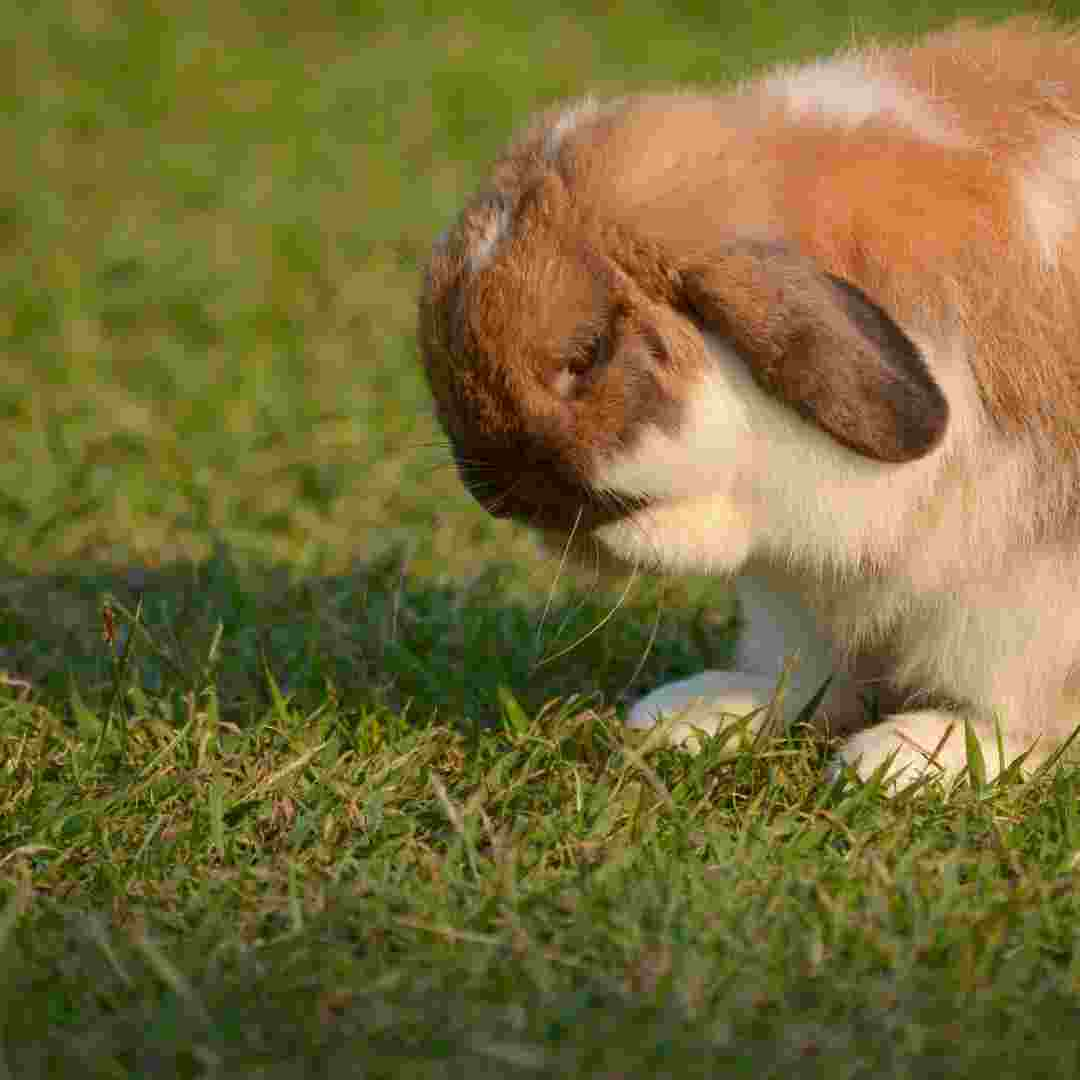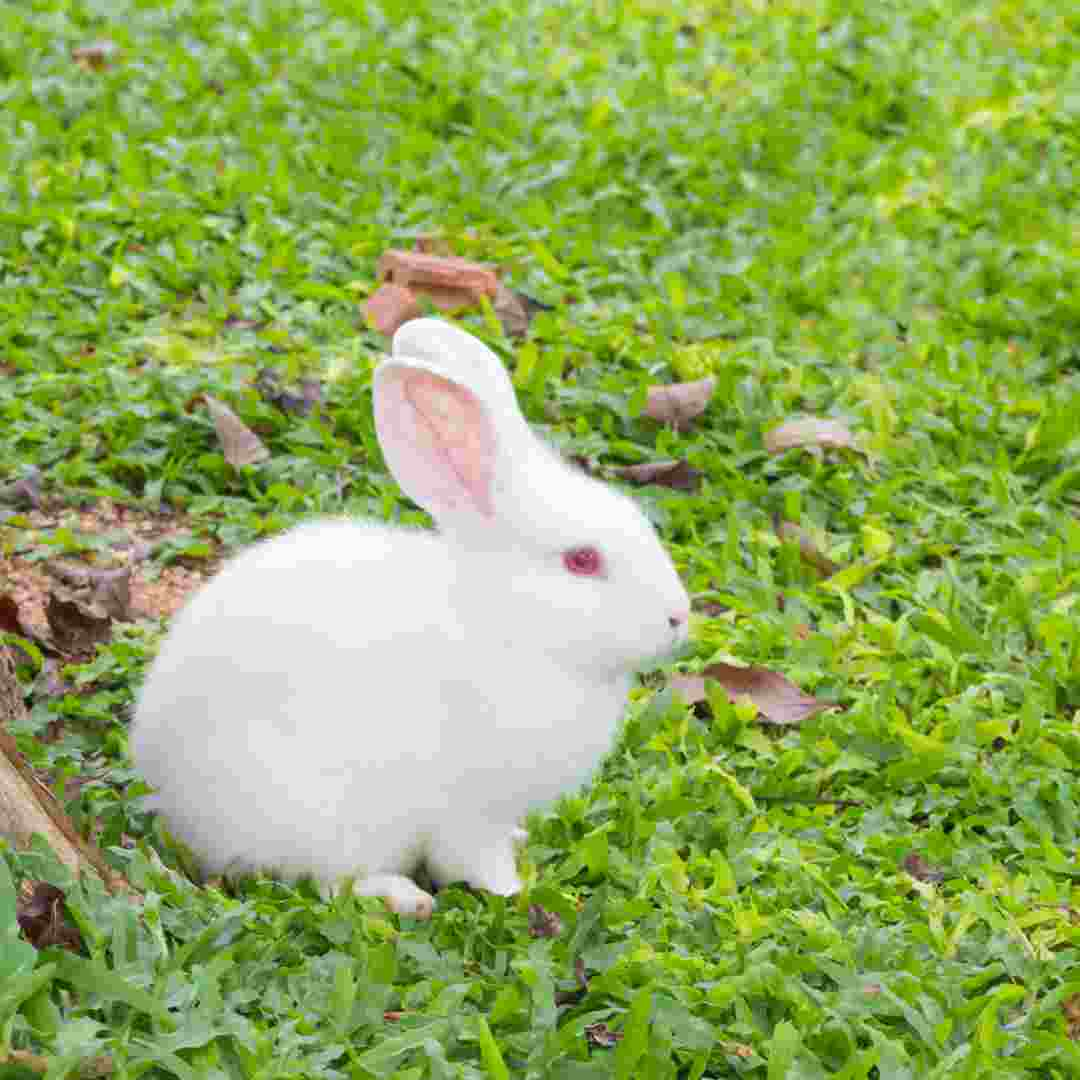Contents Table
Introduction
Rabbits Benefit from Socialising with Other Animals
Looking at Rabbit Colonies: How They Live and Interact
Rabbit Socialisation: How Rabbits Bond Through Play
Rabbit Socialisation and Communication: Body Language and Vocalisations
Human Interaction and Rabbit Socialisation: Positive and Negative Effects
Q&A
Conclusion
Introduction
Rabbits flourish in groups. They are gregarious and like socialising with humans and their own species. Bunnies are active and curious, and they build great ties with their owners. Rabbits are smart and can recognise and respond to their owners. Rabbits need company to keep healthy and happy.
Rabbits Benefit from Socialising with Other Animals
Socialising is vital for rabbits and other animals. Rabbits gain from socialising with other rabbits and other species. Socialisation can help rabbits create strong ties, acquire healthy habits, and improve their physical and mental health.
Socialising helps rabbits develop healthy habits. Rabbits exposed to other animals, both their own and others, are more likely to develop healthy behaviours. Grooming, playing, and exploring are examples. Rabbits learn safe and suitable animal interactions by socialising.
Socialising also helps rabbits associate with other species. Rabbits that interact with other animals build stronger social connections. This can make rabbits feel safe and comfortable and provide friendship. Rabbits learn safe and suitable animal interactions by socialising.
Finally, rabbits' mental and physical health can improve with socialisation. Exposure to other animals encourages rabbits to run and leap, which can improve their health. Socialising helps alleviate rabbit stress and anxiety and stimulate their minds.
Socialising is vital to rabbits. Rabbits exposed to other animals, both their own and others, are more likely to develop good behaviours, build strong attachments, and improve their physical and mental health. Thus, rabbit owners must allow their pets to socialise.
Looking at Rabbit Colonies: How They Live and Interact
Understanding rabbit colonies' social structure is crucial to understanding how rabbits interact and live in groups. Rabbits have complicated social structures and communicate through vocalisations, body language, and scent marking.
Rabbit colonies can number up to 20 individuals, depending on food and shelter. A colony social hierarchy exists with dominant and inferior people. Dominant rabbits are larger, more aggressive, and get food and shelter first. Smaller and less aggressive subordinate rabbits must wait for dominant rabbits to finish eating before they can eat.
Rabbits communicate by vocalisations, body language, and scent marking. Growling, purring, and pounding are vocalisations. Postures like standing tall and flattening the ears are body language. Scent marking marks territory and identifies colony rabbits.
Rabbits also bond strongly with their colony. They play, sleep, and groom each other. They create strong pair connections with their mates and typically stay together forever.
Understanding rabbit colony social structure is crucial to understanding rabbit group behaviour. We can learn about rabbit social dynamics and interactions by examining their behaviour in the wild.
Rabbit Socialisation: How Rabbits Bond Through Play
Play helps rabbits bond and socialise. Healthy and happy rabbits need social interaction with other rabbits and people. Playful interactions between rabbits can strengthen social connections and security.
Play helps rabbits explore, socialise, and express emotions. Rabbits learn trust and interaction through play. They can also chase, dig, and jump naturally. This keeps them cognitively and physically busy.
Rabbits communicate through play. Tumping their feet or wriggling their noses can indicate eagerness or fright. They may purr or growl to express their emotions. These encounters help rabbits recognise one other and build strong social relationships.
Rabbits also dominate through play. They may chase or wrestle to determine group leader. This establishes hierarchy and security.
Play helps rabbits bond and socialise. Rabbits learn to recognise, dominate, and trust one other through play. This strengthens social relationships and provides security. Therefore, rabbits need lots of playtime and interaction.
Rabbit Socialisation and Communication: Body Language and Vocalisations
Rabbits communicate extensively to socialise. Successful socialisation requires understanding rabbit communication. Communication is crucial to rabbit socialisation, and this article will examine rabbit body language and vocalisations.
Communication is key to rabbit socialisation. Rabbits live in groups and communicate. Body language and vocalisations convey their emotions and intentions. By learning how rabbits communicate, owners can better understand their behaviour and improve their relationship.
Body language and vocalisations let rabbits communicate. Rabbits use body language to communicate. They express their emotions and intentions with various postures and movements. A rabbit may pound its hind legs to exhibit fear or hostility or flatten its ears to demonstrate submission. Rabbits display hostility and fear by narrowing or enlarging their eyes.
Rabbits communicate through vocalisations and body movement. They express emotions and intents with various sounds. For instance, a rabbit may grunt to display aggression or squeak in fright. A low-pitched purr indicates happiness. Understanding rabbit vocalisations helps owners comprehend their feelings and intents.
Finally, rabbit socialisation requires communication. Rabbits express themselves through body language and vocalisations. By learning how rabbits communicate, owners can better understand their behaviour and improve their relationship.
Human Interaction and Rabbit Socialisation: Positive and Negative Effects
Rabbits flourish in groups. They can also build strong ties with humans and adapt well to human interaction. However, human involvement can affect rabbit socialisation both positively and negatively.
Rabbits benefit from human friendship and comfort. Regular human handling makes rabbits more secure and trusting. They can create significant social relationships with other rabbits and humans. Human interaction can also stimulate rabbits' minds, keeping them healthy and happy.
Human involvement can potentially harm rabbit socialisation. Without proper handling, rabbits can become afraid and agitated. Aggression and other behavioural difficulties might make it hard for them to socialise with other rabbits. Without enough opportunity to socialise, rabbits may become solitary and withdrawn.
To ensure that human interaction positively affects rabbit socialisation, handle rabbits properly and give them lots of opportunity to socialise. A safe and secure environment can also alleviate stress and anxiety in rabbits. We must remember that rabbits are sociable animals and need company to survive.

Q&A
1. Why are rabbits social?
Rabbits naturally dwell in groups, making them gregarious. They are social and like other rabbits. Living in groups makes them feel protected and comfortable.
2. How do rabbits socialise?
Rabbits play, cuddle, and groom each other. Thumping feet, twitching noses, and wiggling ears are some ways they communicate.
3. What are the benefits of rabbit colonies?
Rabbits living in groups are safer, may share resources, and build social relationships. The company of other rabbits can also relieve stress and anxiety.
4. What are the risks of rabbit colonies?
Group rabbits risk illness spread and fighting. Rabbits must be socialised and kept clean and safe.
5. How can I socialise my rabbit?
You may assist your rabbit be social by giving it lots of bunny interaction. Take it to a rabbit-friendly park or arrange play dates with other bunnies. Make sure your rabbit has plenty of toys and activities to play with.
Conclusion
Rabbits are naturally sociable and flourish in groups. They like socialising with other rabbits and humans because to their intelligence and curiosity. Because of their strong sense of family and community, rabbits love living in groups and building deep ties with their peers. All of these features make rabbits social animals who love building strong relationships with others.
